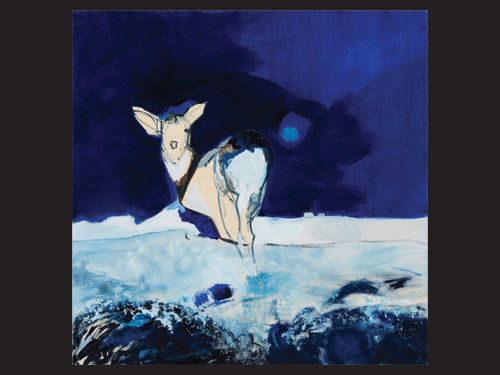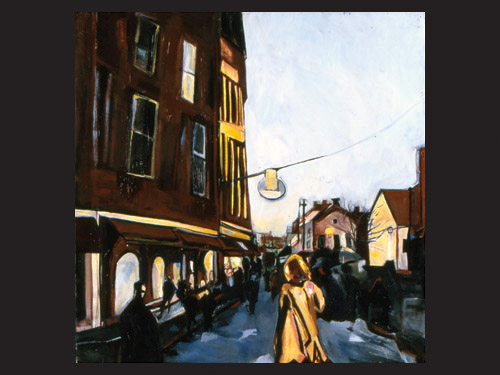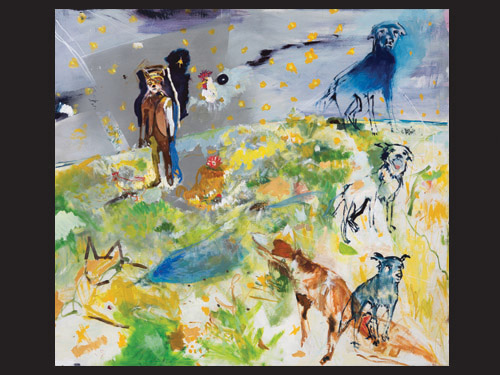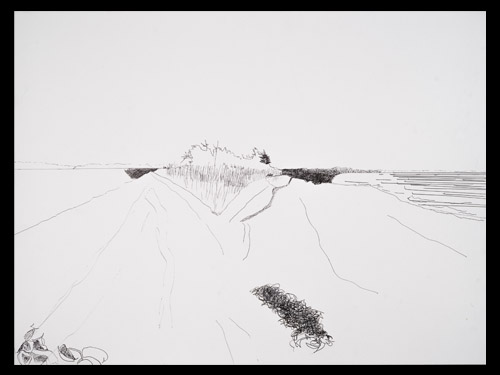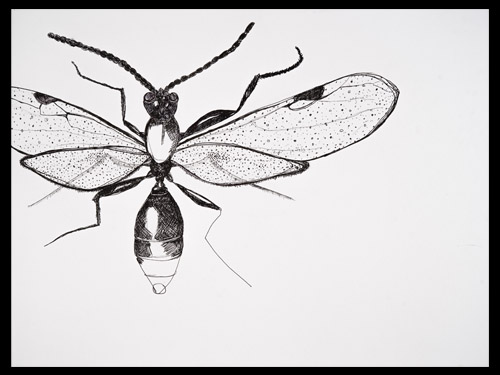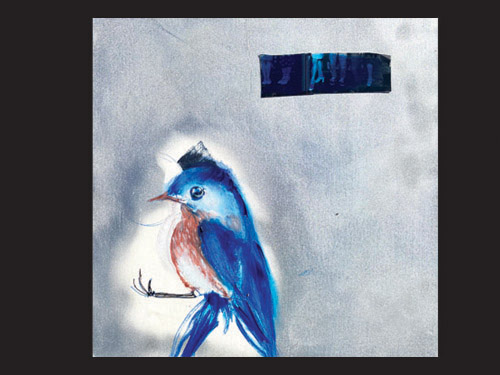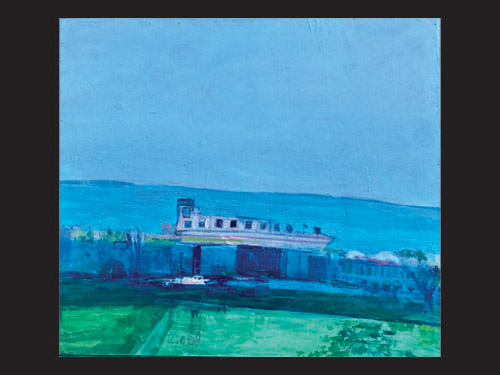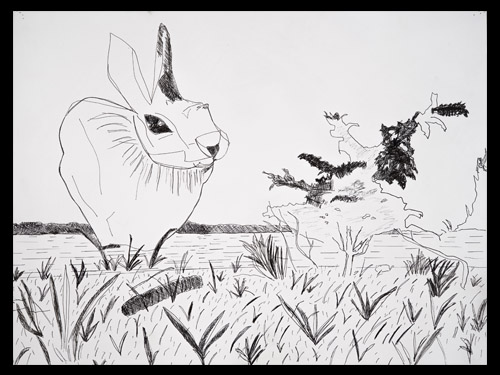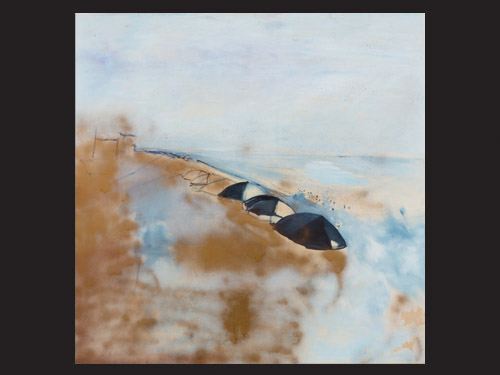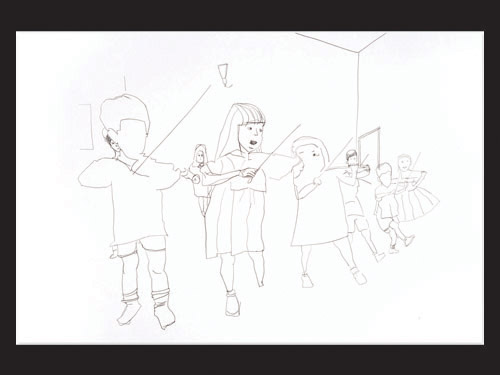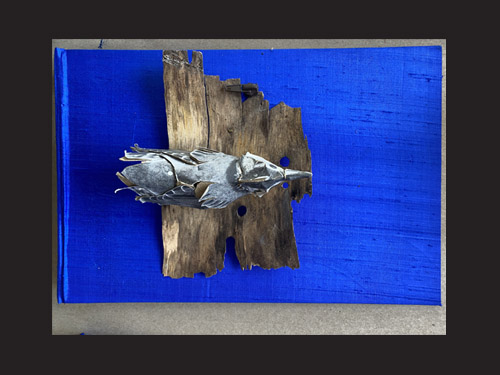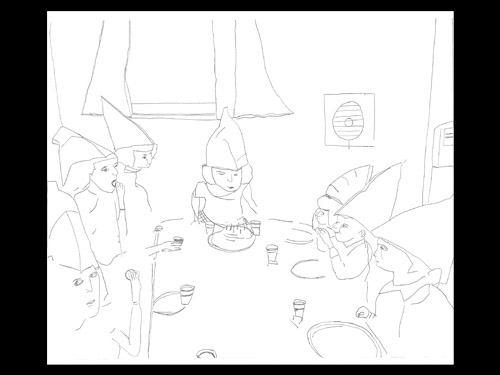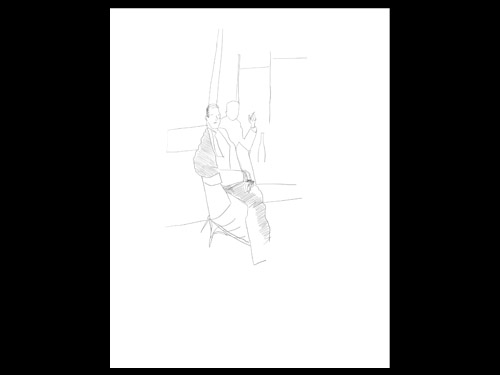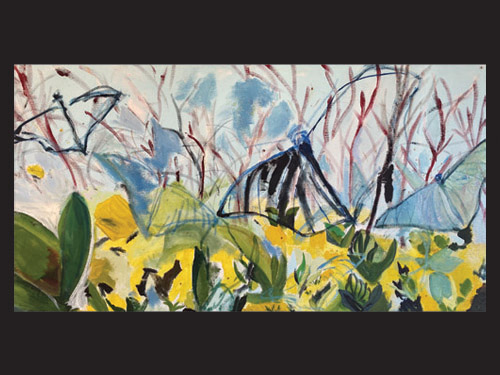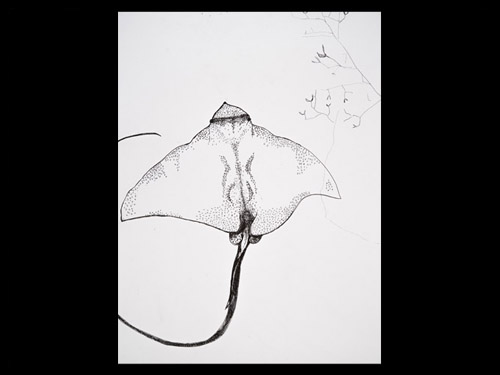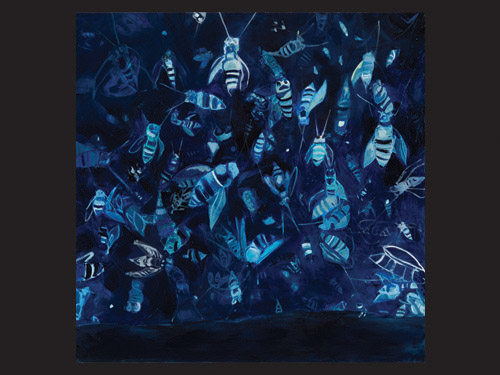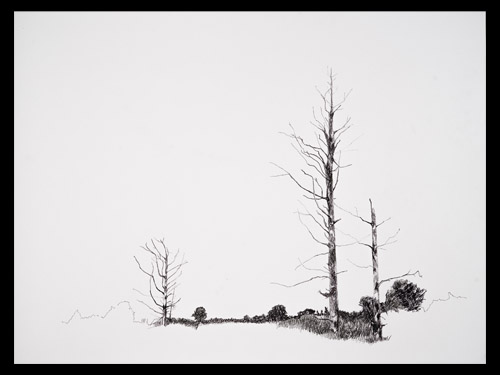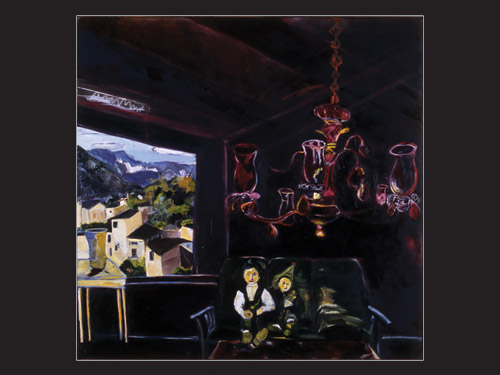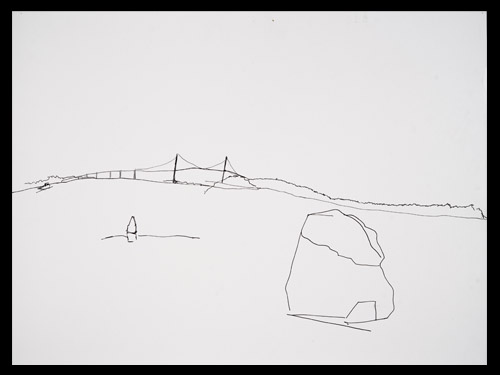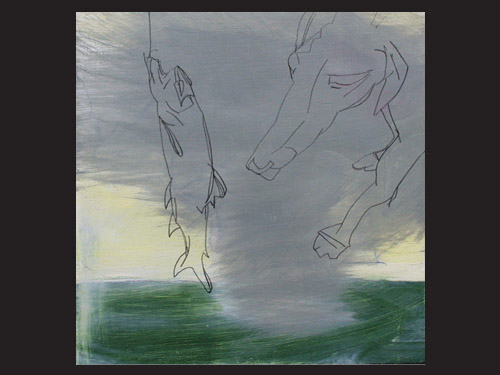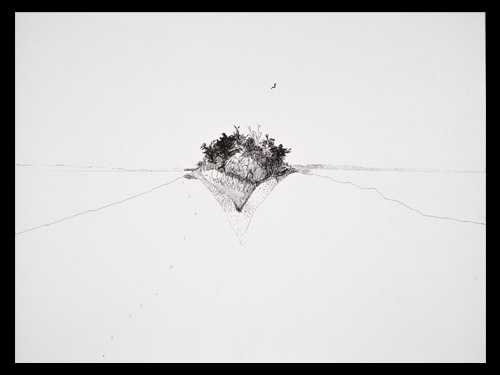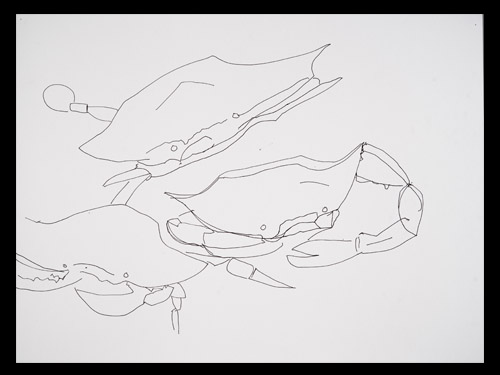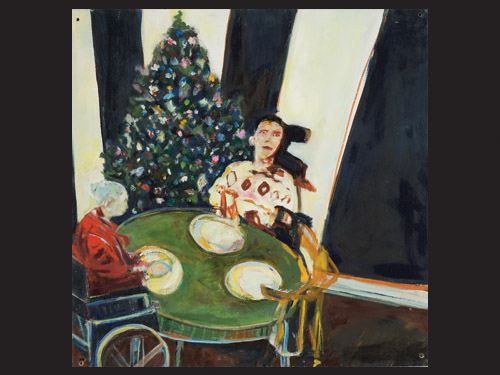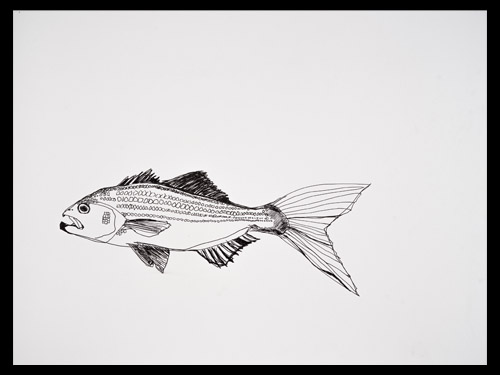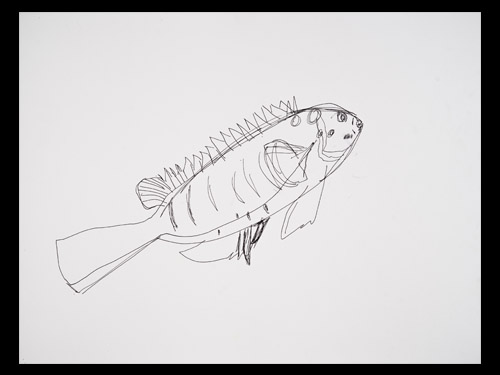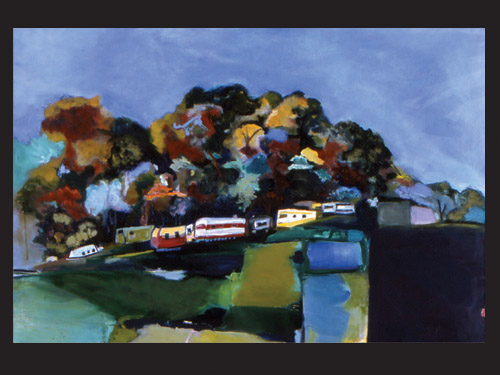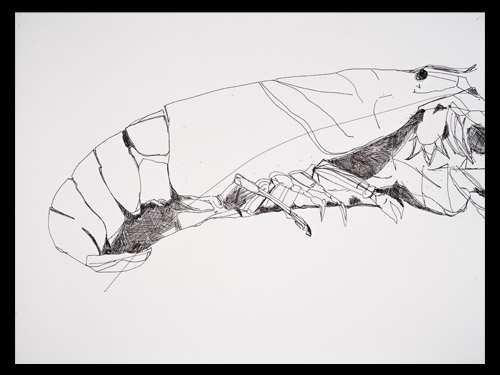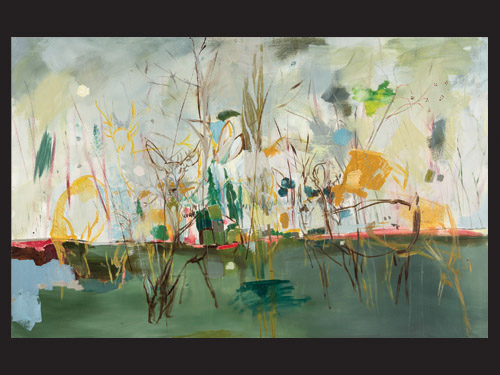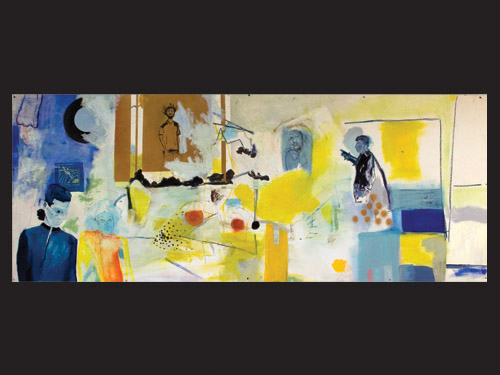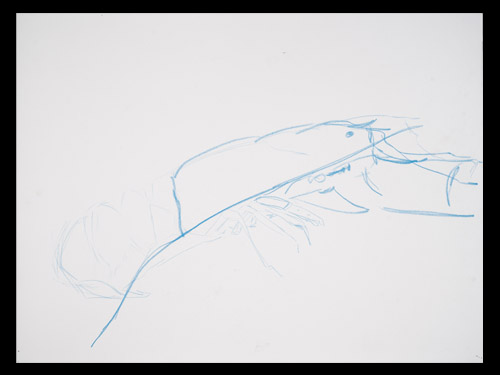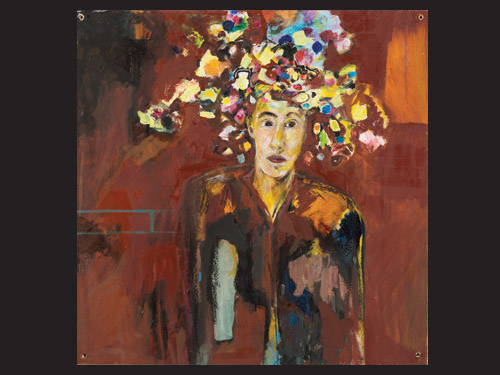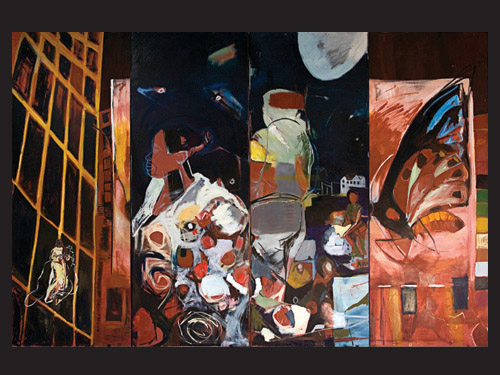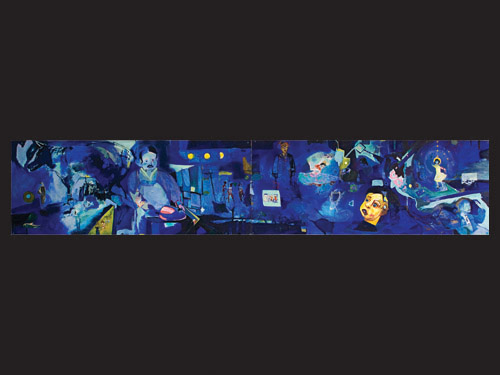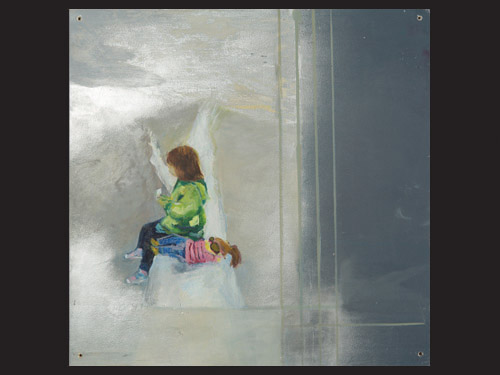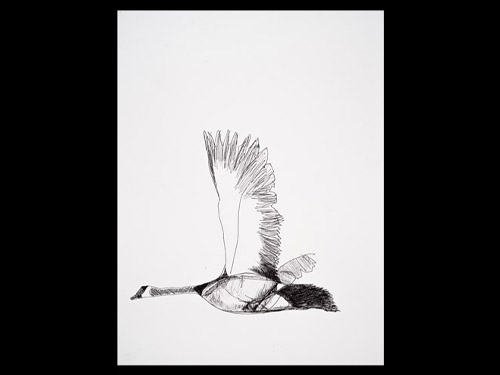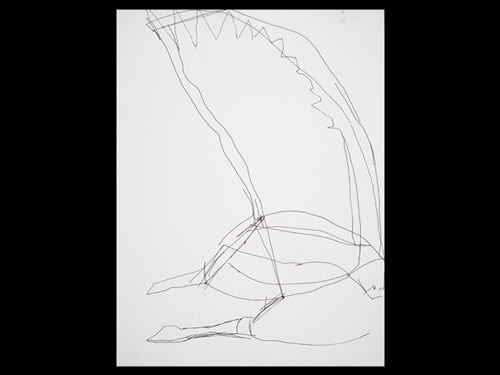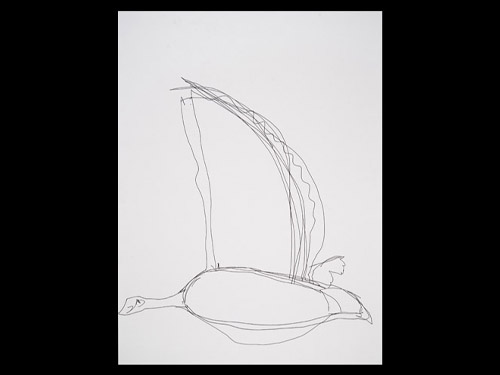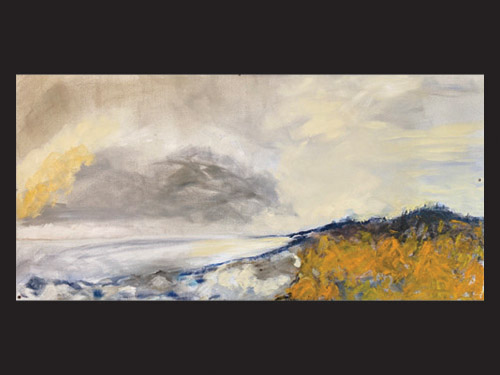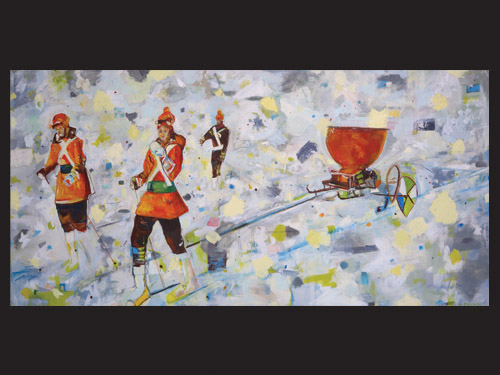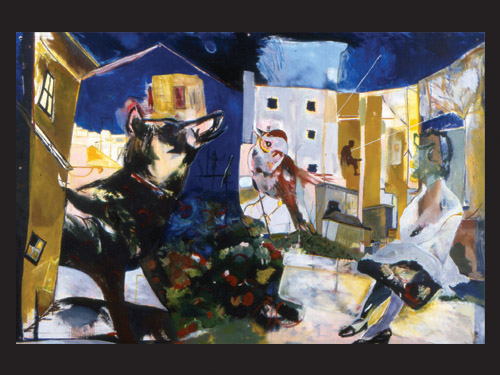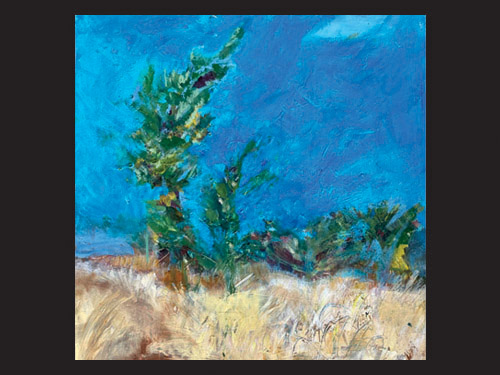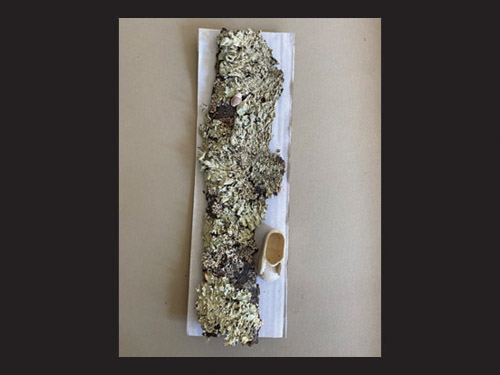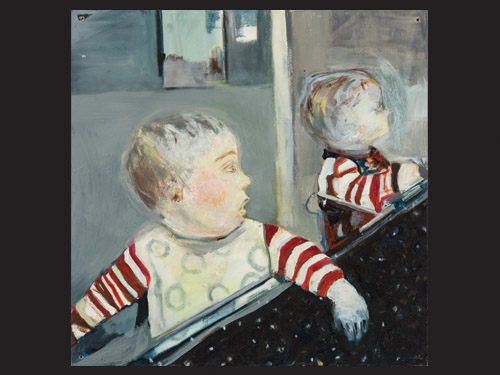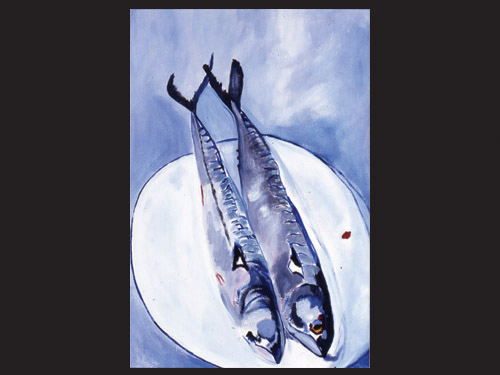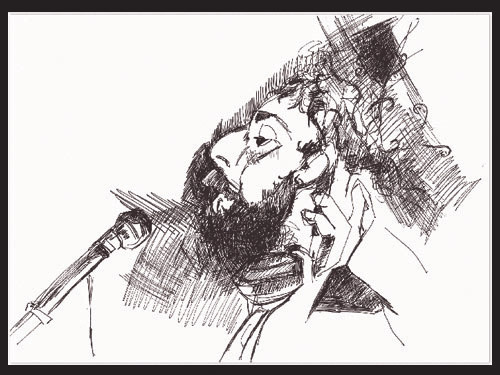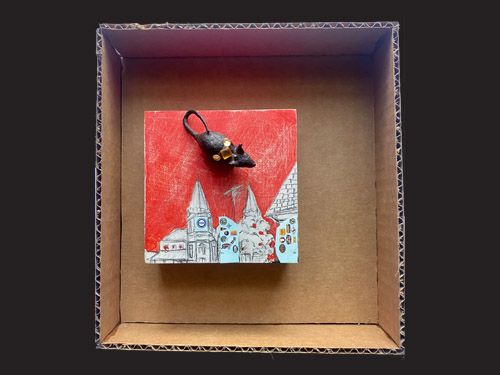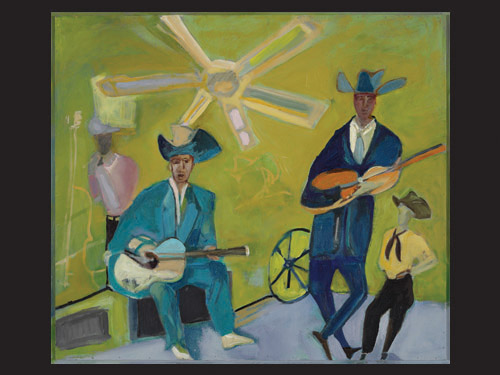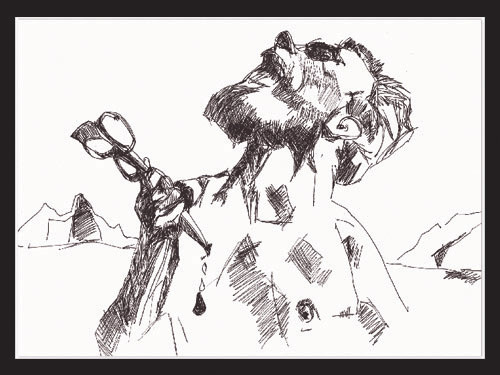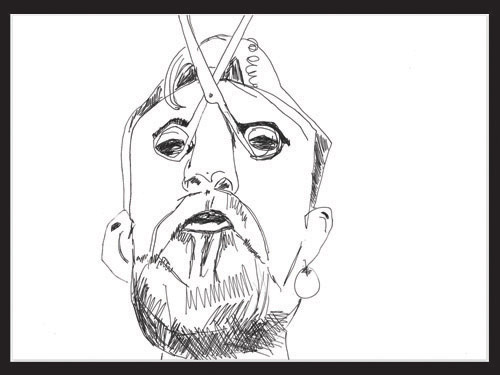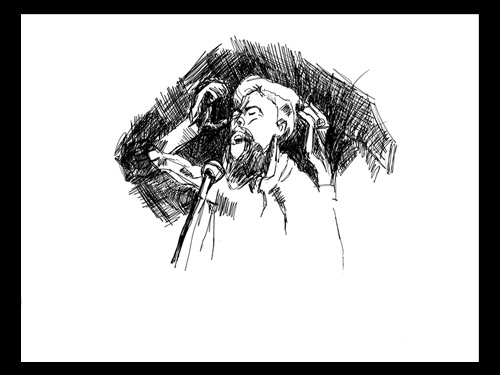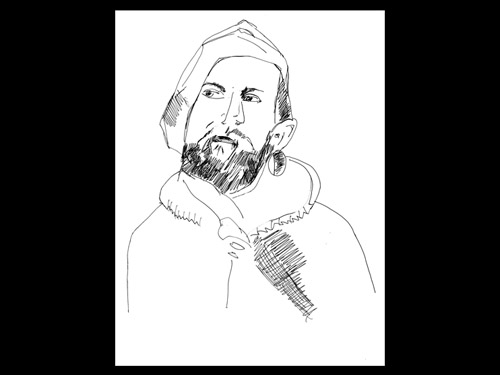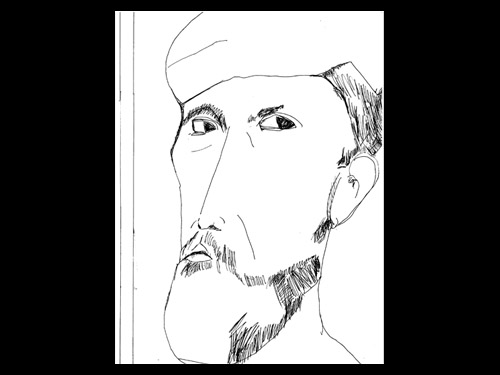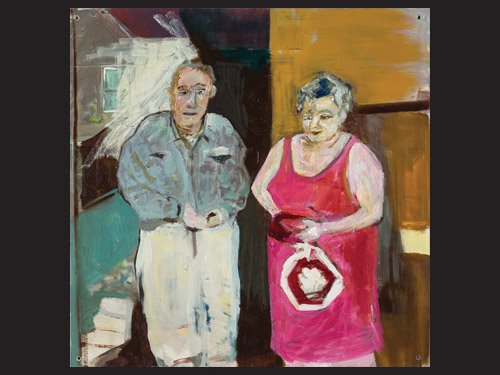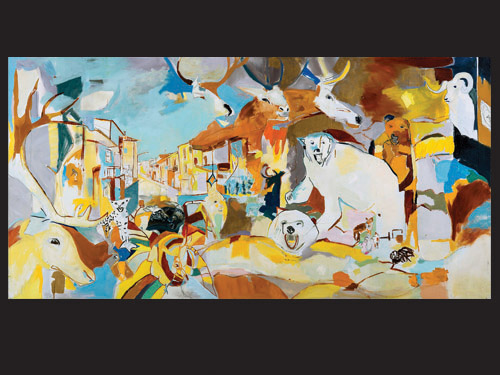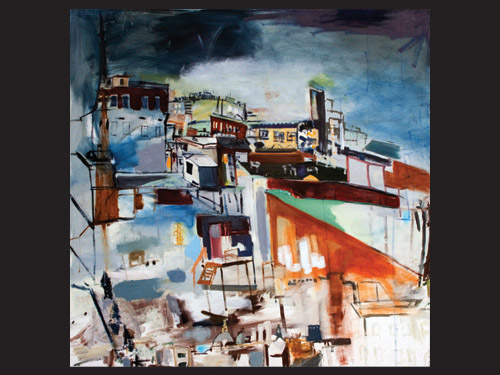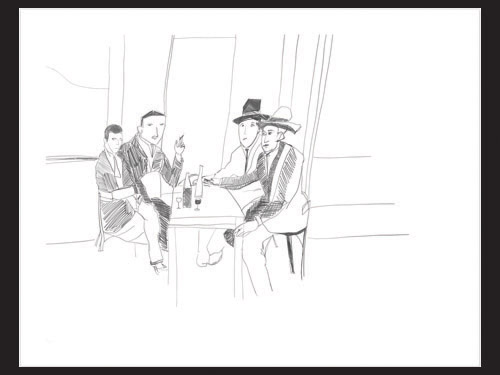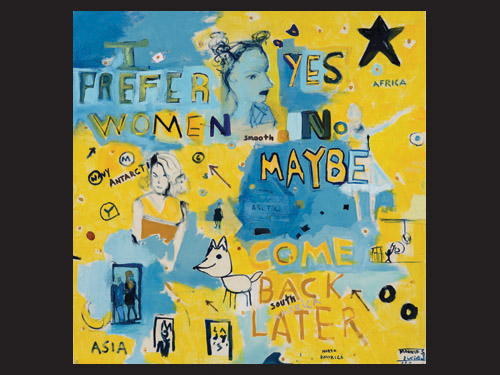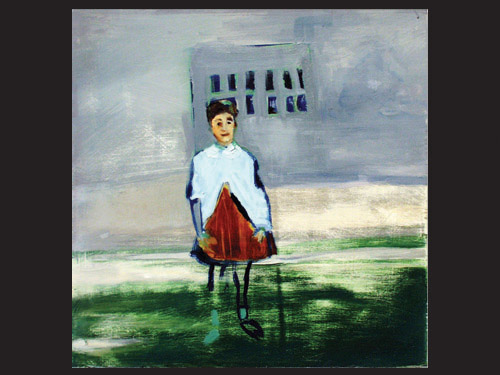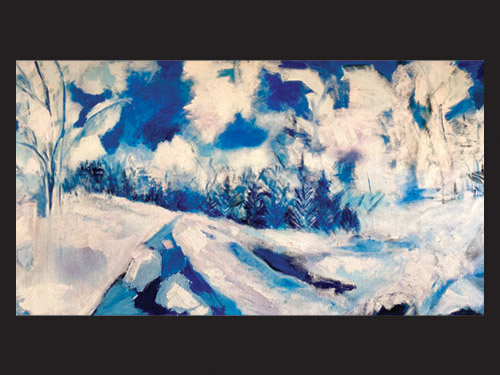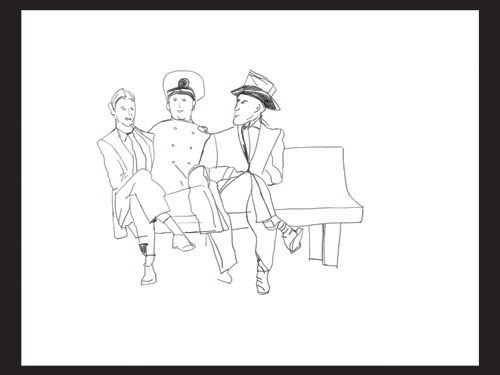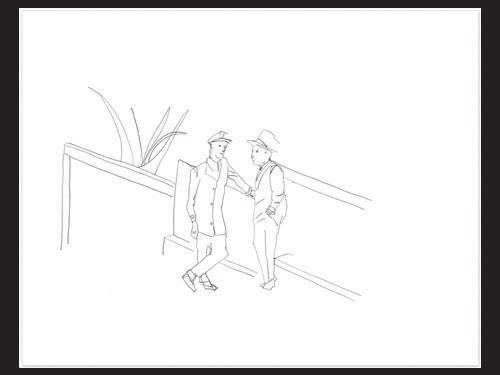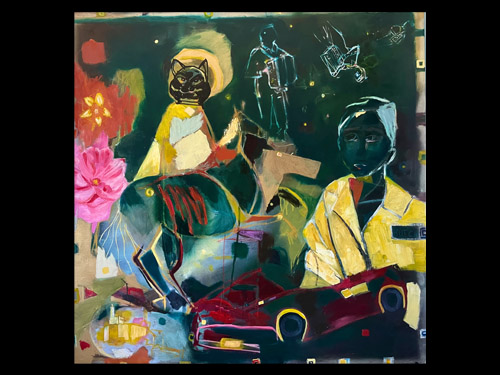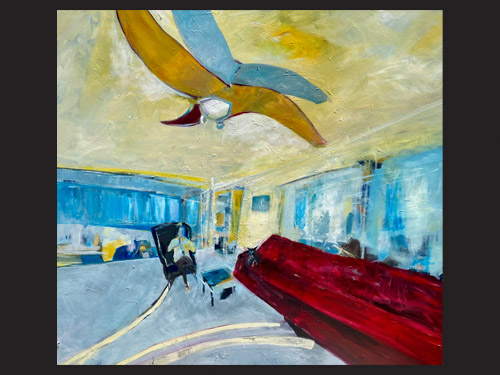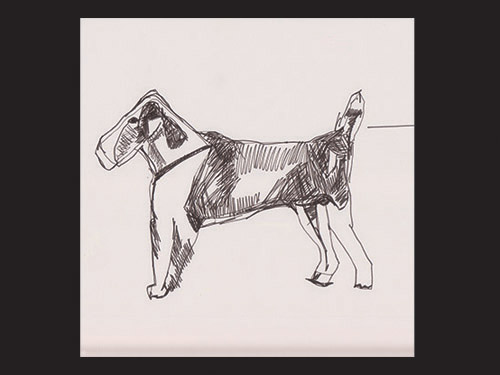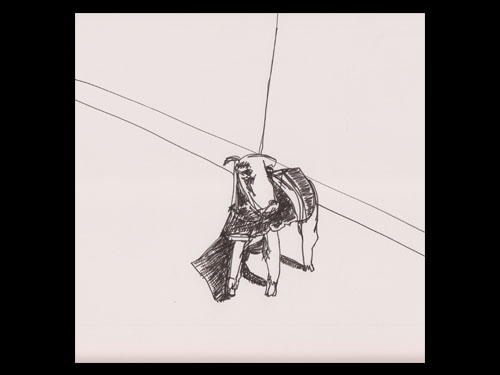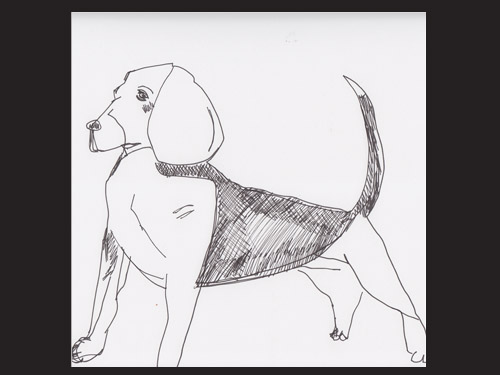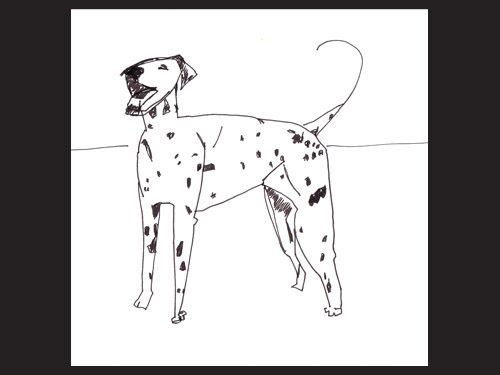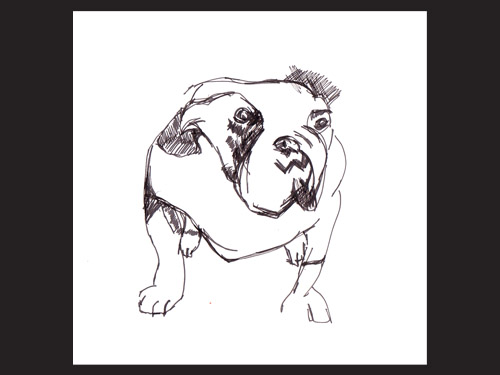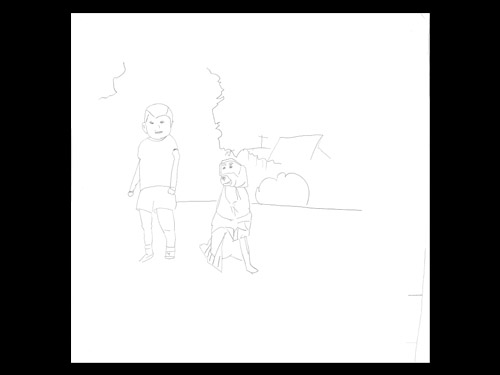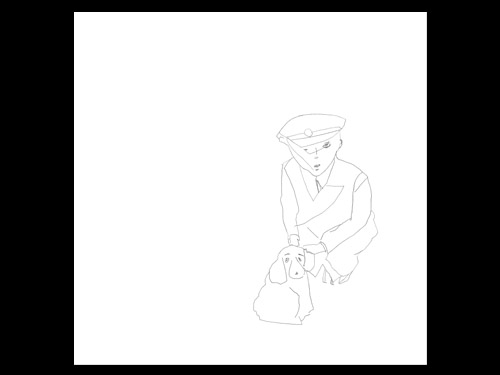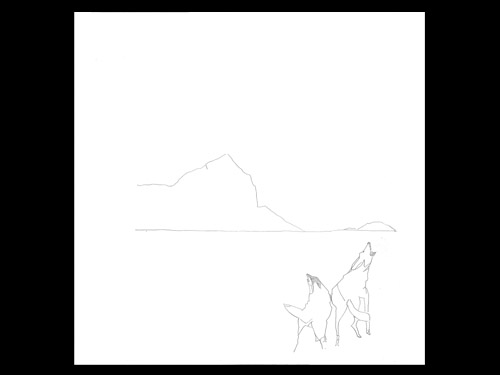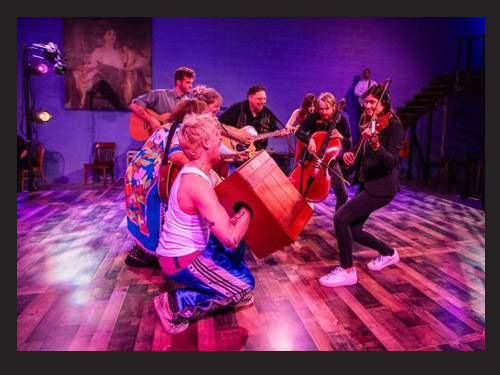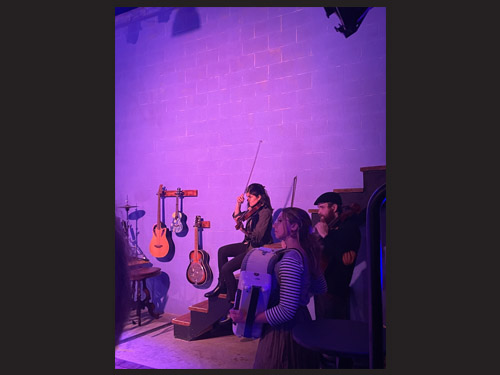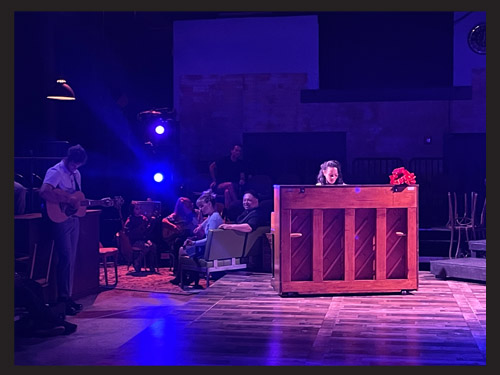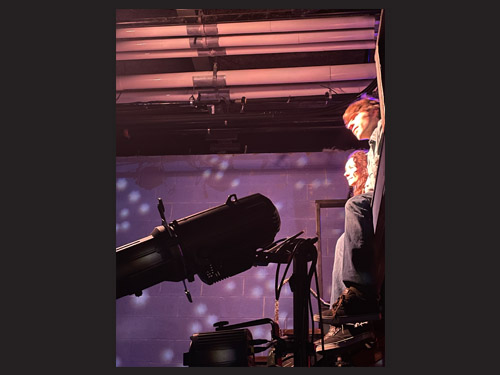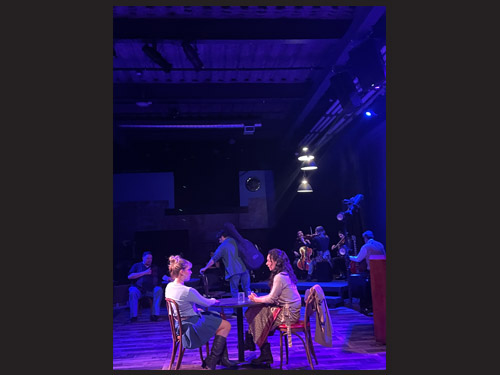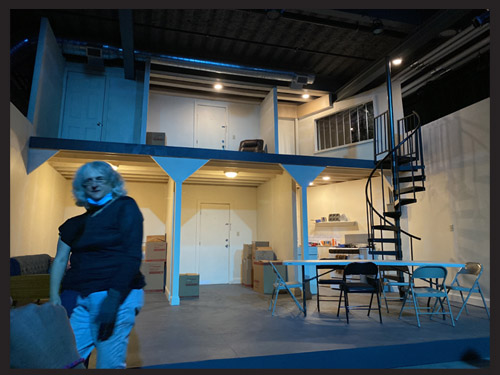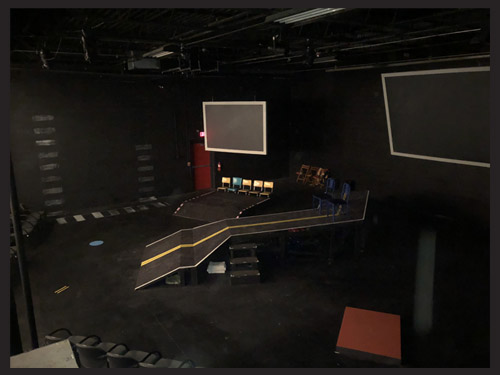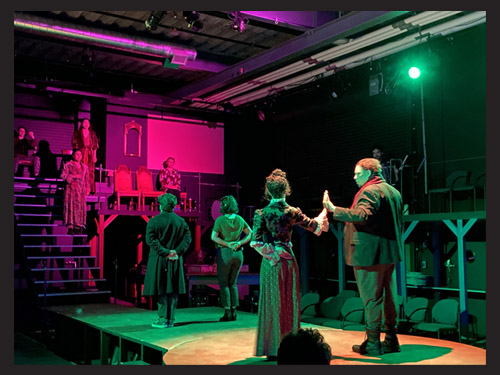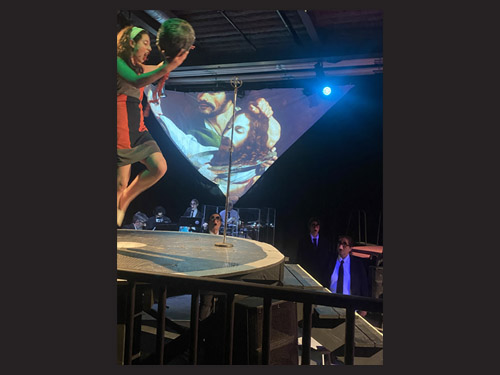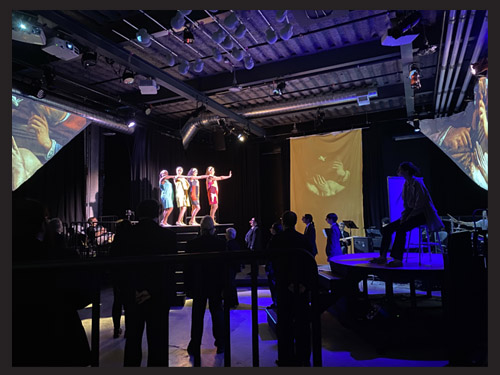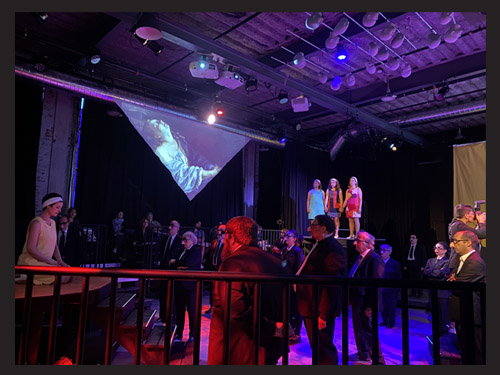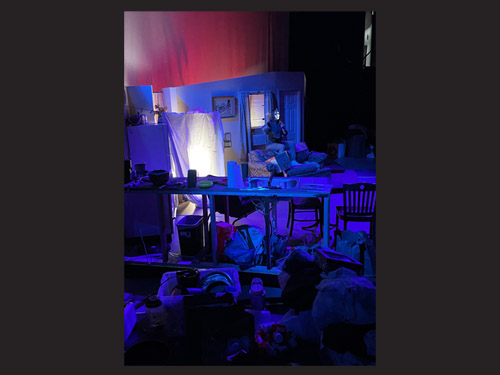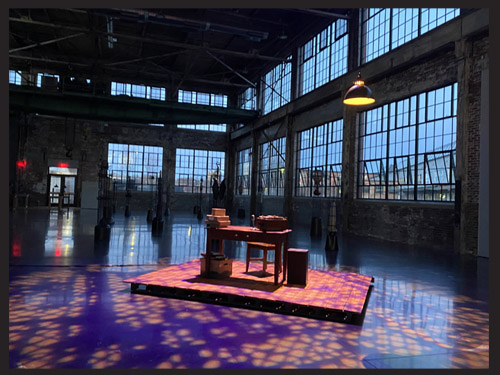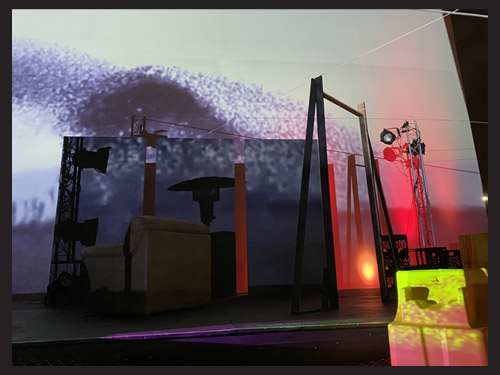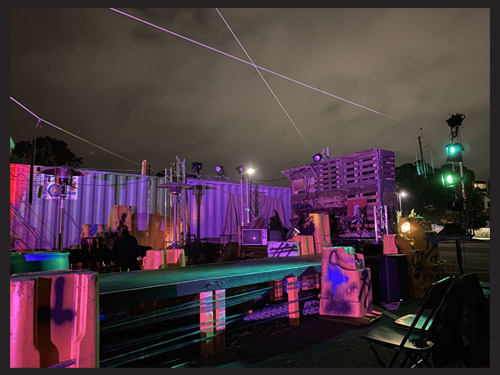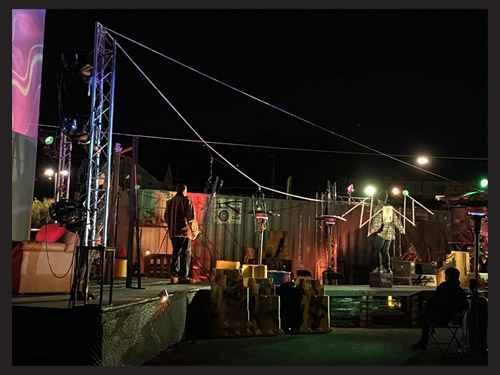Statement from Prudence Island Residency Director, 2024
During Monica’s 3-year tenure as an artist in residence on Prudence Island she took thousands of photos and videos on this island in Narragansett Bay that was originally Narragansett and Wampanoag land. She kept field notes, read numerous research papers on the island’s ecology and wildlife, and read over 50 books and articles on history, climate, wetlands, marsh reclamation, Narragansett Bay fishing industry, zoology, fish vision, Luminist Painters of New England Original history of Indigenous nations. And she sketched and drew and painted.
”My work is a visual recording of images gathered by my own eyes or images captured by my photos or ideas that I have encountered. I think of my paintings as poems and use painting and drawing as a kind of language. I am also a theatrical set designer and so I’m interested in ourselves as objects in space. I try not to be locked in about how and what I do. In the end, I just paint what interests me. I try to trust my process. I read constantly and I have historically been interested in how people behave with one another.”
Shinn is interested in how different horizon lines in different parts of the world affect how people perceive themselves and the world around them, and how this ties into the idea of place; place not only in a very figurative and concrete sense but also the idea of place inherited and as a metaphor or way to talk about ourselves, where we find ourselves and our place within our landscape. “For me, Prudence Island is about a convergence of nature and this idea of place”.
The Narragansett tribe’s name for Prudence Island is Chibachuwese or Chibachuwesset, which has been translated as “Little place separated by a passage” and “the place apart”. Although the island is only a short ferry ride from the mainland, it does feel beautifully separated from the hustle and bustle of modern life. There are relatively few people, and the wildlife and vegetation, and of course the proximity to the bay itself provide the perfect atmosphere for a retreat. Monica became one with the island during her residency and produced a deep and rich body of work. She metabolized the experience and it has become part of who she is today, and in that way it will always resonate in the art that she makes.
Statement from
Paula Martiesian, Director
Bank RI Gallery, February 2023
You might see her on a truck hauling compost or perhaps you’d spot her high on a ladder restoring the enamel surface of the former gas station that houses the West Broadway Neighborhood Association on Westminster Street. Maybe you’d catch a glimpse of her with a blowtorch in hand teaching a welding class at the Steelyard or teaching art at School One. Where you won’t see is the intensely private Providence artist Monica Shinn at home in her Fox Point studio painting.
Shinn guards her studio and studio time. It’s here in the safety of her home, that Shinn’s creativity runs free. Her paintings are novellas in color and line, stories that describe ordinary everyday life with a distilled sense of wonder and deep foundation of empathy.
Shinn moved to Providence in the 1990s after attending Oregon College of Arts and Crafts. Driving along route 95, she saw the colorful houses in Fox Point and thought she’d like to live there. She and her longtime girlfriend Mare Davis got off the freeway to start their life in a city that was beginning to craft an identity as an arts town. It was a good fit for them both and 21 years later, they are still in Providence enjoying the creative community.
Shinn will paint any corner of life in whatever neighborhood she inhabits. A tugboat under the bridge at India Point, a fellow compost worker and her dear elderly dog, an older couple together for years and years – all are inspiration for her paintings.
The paint can be thick or thin, with both large single swatches of color or smaller dabs. The line that draws them together is descriptively exquisite and deceptively simple. To describe a person or a creature fully with such economy of line is a gift Shinn uses to great advantage. Shinn’s work is more than colors on canvas or descriptive line. She gets to the heart of what she paints in a manner that draws people in. In a time when so much of art is political and social commentary, Shinn takes the time to look at real people in their very real worlds.
Statement from Buonaccorsi +
Agniel Exhibit, 2012
Buonaccorsi + Agniel are honored to present this series of new paintings and drawings by Monica Shinn. The exhibition is Shinn's first since Brown University's 2011 survey of Rhode Island painters, Among the Breakage at the David Winton Bell Gallery. Most recently, her drawings of Fado singer António Variações were published in the fourth issue of the internationally acclaimed magazine Headmaster.
Some places are constants in Monica Shinn's work: the Horseneck Beach Campground where Rhode Island meets Massachusetts; the carved coastline and working harbor of Provincetown at the tip of Cape Cod; the streets and houses of Providence's historic Fox Point neighborhood.
I have worked with Monica Shinn since 1996. Over the last sixeen years I have watched her return to these places again and again. Drawing in a car, painting out the window of a living room, working from a photograph in her studio, making images on site, out of doors, en plein air. She returns to people too, her family most often, but also actors she has worked with, political activists she admires and other anonymous children, men and women. In her largest paintings all these elements meet and combine. Vignettes float like ideas in a stream of consciousness, miniature paintings within paintings, carefully placed in layered spaces that fold and unfold around a couple embracing here, a girl dancing there, a child in a costume, animals, plants, solar systems... the painting becoming its own a universe of ideas.
The through line in Monica Shinn's work for me is that she is fundamentally a romantic artist. What she chooses to dwell on, take time to render and hold up for the viewer is always subjective and personal. She lovingly limns her subjects and, somehow, the city or the coastline or the person or the dog is revealed to be awkward and vulnerable in a way that allows the viewer into the work. She helps the viewer to identify with things awkward and imperfect and to be vulnerable themselves.
Monica is more expressionist than literal in her use of color and her line work gestures at form, capturing more the love of looking and they way things can be than what is there. The work is expressionist,
but without sentimentality or artifice. The compositions are technically challenging and formally complicated. Monica's painted spaces veer and tilt; they swirl and spiral around receding depths or bow and bend away from bulges. The subjects precariously pose, often seeming to be on the brink of falling out of the space Monica has crafted. The landscapes are alive and urgent because of her compositional unrest. The figures are more compelling because of this tension. Even the most contemplative works are unquiet, taut and twisting drawing the viewer in and leaving them wanting more. - Sara Agniel Buonaccorsi
